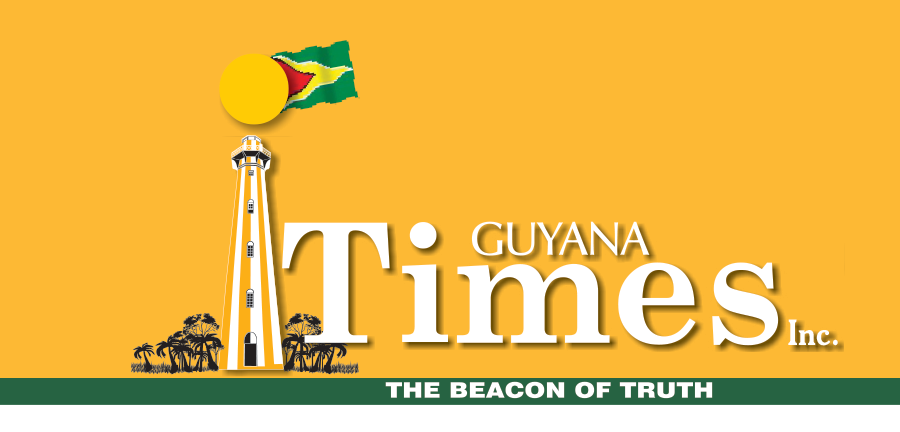With the aim of ensuring that the Education Ministry’s investments benefit students, diagnostic tests are being conducted to monitor their performance in mathematics.

Priya Manickchand
Late last year, the Education Ministry launched a nationwide Mathematics intervention programme to improve students’ performance at the Caribbean Secondary Education Certificate (CSEC) level. This intervention was initiated to address the fact that the national math pass rate had fallen from 34 per cent to 31 per cent in recent years.
On Monday, Education Minister Priya Manickchand revealed that diagnostic tests are currently underway to measure the success of these investments so far.
These tests will help identify students’ strengths and weaknesses so that teachers can support them in improving their performance by May 2026.
“We [the Government] are standing here as your partners, supporting you all the way through. In fact, your Grade 10 children are writing a diagnostic mathematics exam as we speak, so that we can diagnose what they’re good at, what they’re poor at, and where they need strengthening. Between now and next year May, you can strengthen them so that that 4 per cent pass rate we saw last year is never repeated — not at McKenzie, not at Christianburg, nor at any other school,” Manickchand said.
Last year, the Ministry of Education also revealed that a team of 50 math monitors — including retired math teachers, math graduates, and university lecturers — had been assembled to work directly with 50 targeted schools to ensure effective classroom instruction. Schools selected for the programme were those with historically low pass rates, particularly in Grades 10 and 11.
In addition to this programme, the Education Minister emphasised other ways in which the Government is investing in the education sector.
“I’m happy to tell you that 2,402 people from Region 10 have qualified themselves through the Guyana Online Academy of Learning (GOAL) programme at foreign universities, earning Master’s degrees, PhDs, and other certifications that make them more marketable across the world,” she said.
To add to her point she mentioned that during a recent visit to Region Nine (Upper Takutu-Upper Essequibo), she witnessed a massive graduation ceremony that had to span two full days because so many Guyanese were earning qualifications through international programmes.
Meanwhile, Manickchand has committed to addressing the infrastructure concerns at McKenzie High School in Linden, following requests from the school’s board. Challenging the school’s staff to improve results, she noted that better performance would open more doors for the thousands of students who rely on the system.
“Linden particularly benefits from something — 100 per cent of your teachers are trained in Linden. That’s nowhere else in the country. But we need to make sure we see that in Region 10. Nobody wants to go into the hinterland communities. We can’t make these heavy investments and not see the results,” she stated.
“So McKenzie High, young teachers, experienced teachers, retired teachers — here is my challenge to you: you’ve got to deliver better results. Better results mean more opportunities for the thousand children before you. And we are standing here as your partners, supporting you all the way through.”
The Minister also stated the education pillars that guide the Ministry’s work.
“And in education, we have five strong pillars. One, we want better access — that every child must be able to attend a nursery, primary, and secondary school. Two, we want higher quality. Three, we want lifelong learning opportunities so that even after you leave high school, you can continue learning. Four, we want better access to technical and vocational education. Five, we want a more efficient system — one where we can monitor, evaluate and introduce new strategies. Those are the five main pillars that created our Education Sector Strategy,” Manickchand concluded.
Discover more from Guyana Times
Subscribe to get the latest posts sent to your email.












